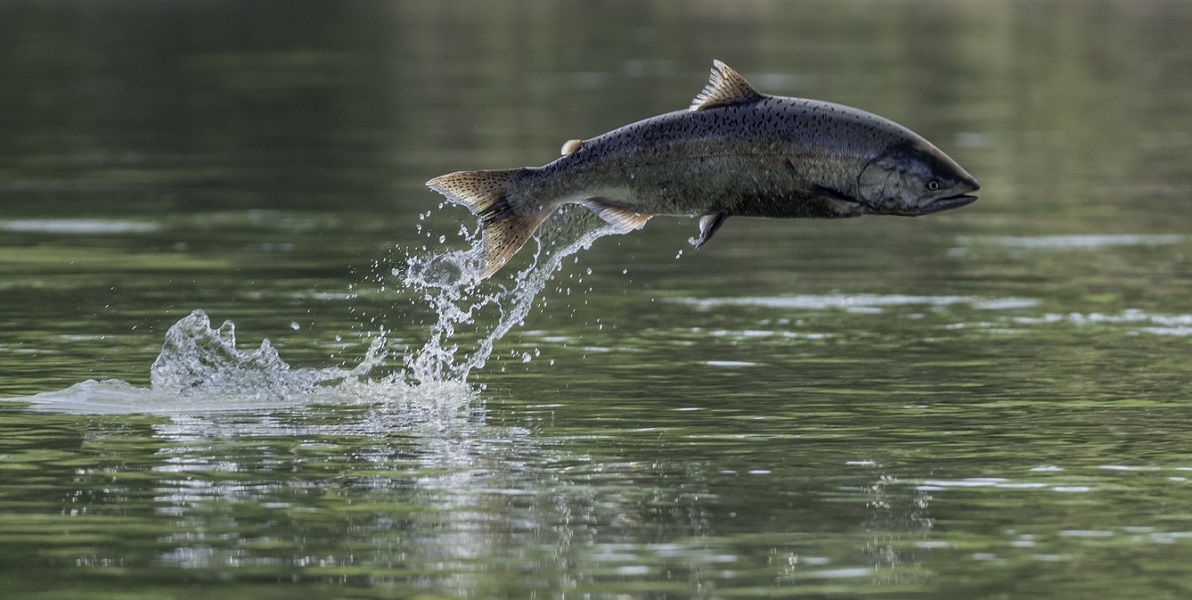
Gene Editing Can Help Preserve Aquatic Gene Heritage -Experts
May 18, 2022| |
Breeding programs for aquaculture, including salmon, promote food security and economic value. Yet they also pose a threat to genetic diversity. Biotechnology, particularly gene editing, can help create barriers between farmed and wild aquatic animals to help preserve aquatic genetic diversity.
It is predicted that a 15% increase in demand for agricultural products will occur in the next decade and that fish and seafood supply will be produced from aquaculture due to limitations of capturing fish in the wild. While aquaculture can help attain the global population's demand for food, one of its consequences is the interbreeding of domesticated breeds with their wild counterparts, especially in cases where the domesticated fish escape from growing facilities. The resulting offspring usually is not capable of surviving in the wild and lacks genetic diversity to adapt to climate change.
According to experts, gene editing can help create genetic firewalls for farmed animals. An example is the knocking out of the dead-end germ cell-specific gene in the Atlantic salmon using CRISPR-Cas9 which yielded sterile animals that grew normally yet did not produce gametes or sex steroids. Using biotechnology can also help create reproductive barriers which make it possible to establish hybrid incompatibility between farmed and wild aquatic strains by editing or relocating centromeres.
The experts strongly suggest that using gene editing can help create genetic barriers between farmed and wild animals is an effective option for preserving aquatic genetic diversity but needs the support of the conservation community. This can be met by promoting correct information about the technology's benefits, which in turn will help the concept become more acceptable to the public.
Read more from Proceedings of the National Academy of Sciences.
| |
You might also like:
- Japan Begins Sale of Genome-Edited "Madai" Red Sea Bream
- Japan's CRISPR Fish Enters Market
- The Status of Gene Editing Regulations in Fish Aquaculture
Biotech Updates is a weekly newsletter of ISAAA, a not-for-profit organization. It is distributed for free to over 22,000 subscribers worldwide to inform them about the key developments in biosciences, especially in biotechnology. Your support will help us in our mission to feed the world with knowledge. You can help by donating as little as $10.
-
See more articles:
-
Gene Editing Supplement (May 18, 2022)
-
Research and Tools
- Gene Editing Can Help Preserve Aquatic Gene Heritage -Experts
- Researchers Find CRISPR-Cas9 Gene Editing Approach Alters the Social Behavior of Animals
- Gene Editing Cockroaches with CRISPR-Cas9
- Supramolecular CRISPR-Cas9 Carrier Enables More Efficient Genome Editing
-
Policy Considerations and Approvals
- Gene Editing Framework Gets Support from Biotech Ecosystem Community
-
Trends and Impact
- COVID-19 Pandemic Impacts CRISPR Technology Market
-
Read the latest: - Biotech Updates (December 10, 2025)
- Gene Editing Supplement (December 17, 2025)
- Gene Drive Supplement (February 22, 2023)
-
Subscribe to BU: - Share
- Tweet

